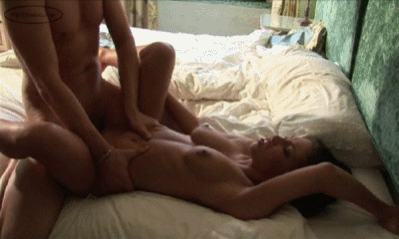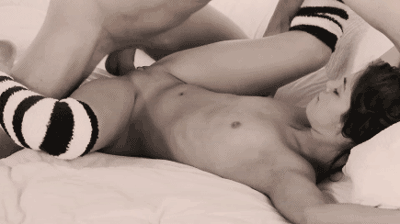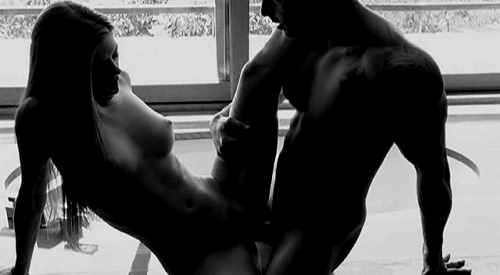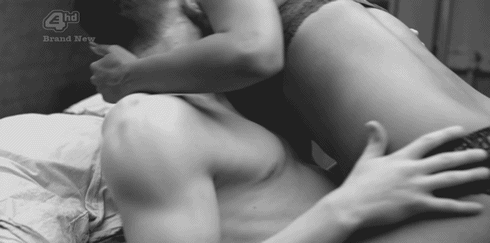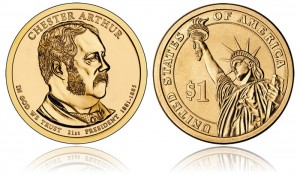
The U.S. Mint released January coin production figures which reveal plunging Presidential $1 Coin levels
Circulating coin production totals from the United States Mint were sharply higher in January 2012 as compared to the previous month and from the same time period of a year ago — despite plummeting mintages of Presidential $1 coins and Native American $1 coins.
A scant 1.68 million Presidential $1 coins were minted last month compared to the 72.66 million in January 2011. Likewise, 840,000 Native American $1 coins were struck versus the 6.3 million from a year ago.
The drastic reduction is the result of a policy change by the Obama administration which stopped circulating production of dollar coins and permits the U.S. Mint to strike them only in quantities needed to fulfill collector demand.
As such, the amount of dollars produced this year is unclear and will be for some time until a baseline is determined based on how many $1 coin bags and rolls are ordered by collectors. Going forward, mintages should become somewhat predictable much like the Kennedy half dollars. The Kennedy’s have not been produced for circulation since 2001 but have been minted for hobbyists. Their coin production total hit 3.5 million in January. That was up 50,000 from their entire 2012 output and matches the amount manufactured in 2010.
January’s circulating coin production total came to 802.50 million. That was up 85.9% from December — a generally always-weak production month, and 4.9% higher than the prior January. For reference, production figures on a monthly basis for the last last dozen months follows.
2011-2012 January Coin Production Figures / Mintages
| Month | Mintages | Rank |
| January 2012 | 802.50 M | 5 |
| December 2011 | 431.78 M | 13 |
| November 2011 | 715.96 M | 7 |
| October 2011 | 690.66 M | 8 |
| September 2011 | 811.42 M | 3 |
| August 2011 | 604.54 M | 10 |
| July 2011 | 821.98 M | 2 |
| June 2011 | 903.06 M | 1 |
| May 2011 | 807.41 M | 4 |
| April 2011 | 640.17 M | 9 |
| March 2011 | 485.50 M | 12 |
| February 2011 | 523.14 M | 11 |
| January 2011 | 764.73 M | 6 |
The biggest gains for the month came on the back of heavier mintages of Lincoln cents and Roosevelt dimes. Jefferson nickels and quarters actually declined a bit from a year ago.
Coins are produced for circulation from either the U.S. Mint facility in Denver or the one in Philadelphia. The Philadelphia Mint was much busier with its output of 486.68 million coins than the Denver Mint and its 315.82 million. This is a reversal from last year at this time when Denver was more than twice as busy.
US Mint Circulating Coin Production in January 2012
| Denver | Philadelphia | Total | |
| Lincoln Cents | 162,400,000 | 306,000,000 | 468,400,000 |
| Jefferson Nickels | 41,040,000 | 42,240,000 | 83,280,000 |
| Roosevelt Dimes | 84,000,000 | 110,000,000 | 194,000,000 |
| 2012 Quarters | 25,000,000 | 25,800,000 | 50,800,000 |
| Kennedy Half Dollars | 1,700,000 | 1,800,000 | 3,500,000 |
| Native American $1s | 840,000 | 0 | 840,000 |
| Presidential Dollars | 840,000 | 840,000 | 1,680,000 |
| Total | 315,820,000 | 486,680,000 | 802,500,000 |
No "final" mintages have been declared for any of the 2012 Presidential $1 coins or the 2012 America the Beautiful Quarters. The current quarter total of 50.8 million is assumed to be a portion of El Yunque National Forest Quarters which were released into circulation on January 23. The Chaco Culture National Historical Park Quarter are expected to begin circulating on April 2, which means production of the El Yunque quarter could continue into March.
Since there are no circulating coin requirements for the 2012 Presidential dollars, it is possible that the U.S. Mint could be producing all four at the same time. However, it is more likely that the latest Presidential $1 coin production total is only for Chester Arthur dollars. Until very recently, the Mint was expected to launch bags and rolls of the Arthur $1 coins on February 16. Their release has since been changed to a "To Be Determined" date. Still, it would seem most likely for dollar releases to occur at distinct intervals throughout 2012 and, likewise, each to have staggered production runs.
The following table provides a look into the available year-to-date mintages for coins by specific design.
US Mint 2012 Coin Production / Mintages by Design
| Denver | Philadelphia | 2011 Total | |
| Lincoln Cents | 162,400,000 | 306,000,000 | 468,400,000 |
| Jefferson Nickels | 41,040,000 | 42,240,000 | 83,280,000 |
| Roosevelt Dimes | 84,000,000 | 110,000,000 | 194,000,000 |
| El Yunque Quarter | 0 | 0 | 0 |
| Chaco Culture Quarter | 0 | 0 | 0 |
| Acadia Quarter | 0 | 0 | 0 |
| Hawai’i Quarter | 0 | 0 | 0 |
| Denali Quarter | 0 | 0 | 0 |
| Kennedy Half Dollars | 1,700,000 | 1,800,000 | 3,500,000 |
| Native American $1 | 840,000 | 0 | 840,000 |
| Arthur Presidential $1 | 0 | 0 | 0 |
| Cleveland Presidential $1 | 0 | 0 | 0 |
| Harrison Presidential $1 | 0 | 0 | 0 |
| Cleveland Presidential $1 | 0 | 0 | 0 |
| Total | 289,980,000 | 460,040,000 | 750,020,000 |
Visit this site’s US Coins Information page for details on many of the coins listed above. Current coin production figures are based on data from the United States Mint page:http://www.usmint.gov/about_the_mint/?action=coin_production.



